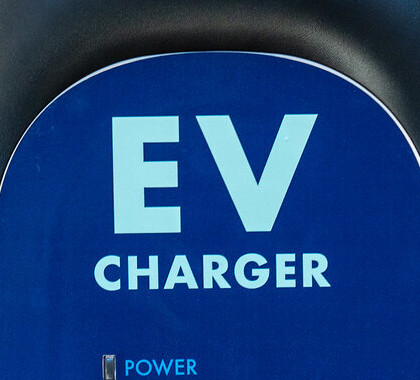The worldwide movement toward the electrification of everything, from more electric vehicles (EV’s) to more intermittent electricity by wind turbines and solar panels, the political actions are supportive of jumping onto the green train, most-likely not knowing there is a darker side of green technology, associated with environmental degradation, humanity atrocities, and other embedded costs for materials.
It should concern everyone that those toxic components come from mining for the exotic minerals and metals that are required to manufacture EV batteries, wind turbines, and solar panels. This mining is occurring mostly in less-developed countries with yellow, brown, and black skinned people with a lack of transparency to the human rights abuses and environmental degradation in those locations.
In an attempt to make the embedded costs of going “green” transparent to the world, the Pulitzer Prize nominated book, Clean Energy Exploitations – Helping Citizens Understand the Environmental and Humanity Abuses That Support Clean Energy highlights how Asians and Africans, many of them children from the poorer and less healthy countries, are being enslaved and are dying in mines and factories to obtain the exotic minerals and metals required for the green energy technologies for the construction of EV batteries, solar panels, wind turbines, and utility-scale storage batteries.
The Tesla EV has a one-thousand-pound battery that contain 25 pounds of lithium, 60 pounds of nickel, 44 pounds of manganese, 30 pounds cobalt, 200 pounds of copper, and 400 pounds of aluminum, steel, and plastic. Inside the Tesla battery are 6,831 individual lithium-ion cells
The environmental impact of battery production is significant. The production of lithium is either carbon dioxide polluting or wasteful of water — up to 500,000 gallons per ton of the mineral. Cobalt mining produces radioactive contaminants, including uranium. About 80 percent of the weight of a Tesla battery –requires mined materials. In practice, that means mining about 50 tons of raw ore per vehicle. If 10 million U.S.-based electric cars are sold in 2030 (about half of sales), that would translate to 500 million tons of new mining with all the accompanying emissions from mining equipment and the accompanying pollution.
All those toxic components come from mining. For instance, to manufacture each auto battery, you must process 25,000 pounds of brine for the lithium, 30,000 pounds of ore for the cobalt, 5,000 pounds of ore for the nickel, and 25,000 pounds of ore for copper. All told, you dig up 500,000 pounds of the earth’s crust for just – one – Tesla EV battery.
There was already a huge challenge in just making enough EV batteries. As physicist Mark Mills pointed out in the Wall Street Journal: “The International Energy Agency (IEA) finds that with a global energy transition like the one President Biden envisions, demand for key minerals such as lithium, graphite, nickel and rare-earth metals would explode, rising by 4,200 percent, 2,500 percent, 1,900 percent and 700 percent, respectively, by 2040“.
Amnesty International has documented children and adults mining cobalt in narrow man-made tunnels), and the exposure to the dangerous gases emitted during the procurement of these rare minerals, not to mention the destruction of the local ecosystems when the wastewater and other unusable ores are let loose onto the environments they have no choice but to live in because their wages are so infinitesimally small, it should cause us to take a step back and examine our moral obligations to humanity.
Not only might the planet not have the capacity to meet this demand, but many of these materials come from places that are hostile or that we do not control – such as China/Mongolia, the Congo, and Bolivia – leading to an unpredictable supply.
Most electric vehicles in use today are yet to reach the end of their cycle. The first all-electric car to be powered by lithium-ion batteries, the Tesla Roadster, made its market debut in 2008. This means the first generation of electric vehicle batteries have yet to reach the recycling stage. An estimated 11 million tons of spent lithium-ion batteries will flood our markets by 2025, without systems in place to handle them.
The actions of society are currently supportive of jumping onto the EV train, knowing that EV’s have a very dark side of environmental atrocities, and the non-existing transparency of human rights abuses occurring in other countries, both of which are directly connected to the mining for the exotic minerals and metals that are required to manufacture wind turbines, solar panels, and EV batteries.
America could promote sustainable mining in those developing countries to restoring the land to a healthy ecosystem after the mine closes and by leaving surrounding communities with more wealth, education, health care, and infrastructure that they had before the mine went into production. Like the mining in America, the mining in developing countries must be the objective of corporate social responsibilities and the outcome of the successful ecological restoration of landscapes.
America’s passion for EV vehicles to reduce emissions must be ethical and should not thrive off human rights and environmental abuses in the foreign countries providing the exotic minerals and metals to support America’s green passion.
First published at: Dakota Leader.
Photo by Tony Webster, Attribution 2.0 Generic (CC BY 2.0).





